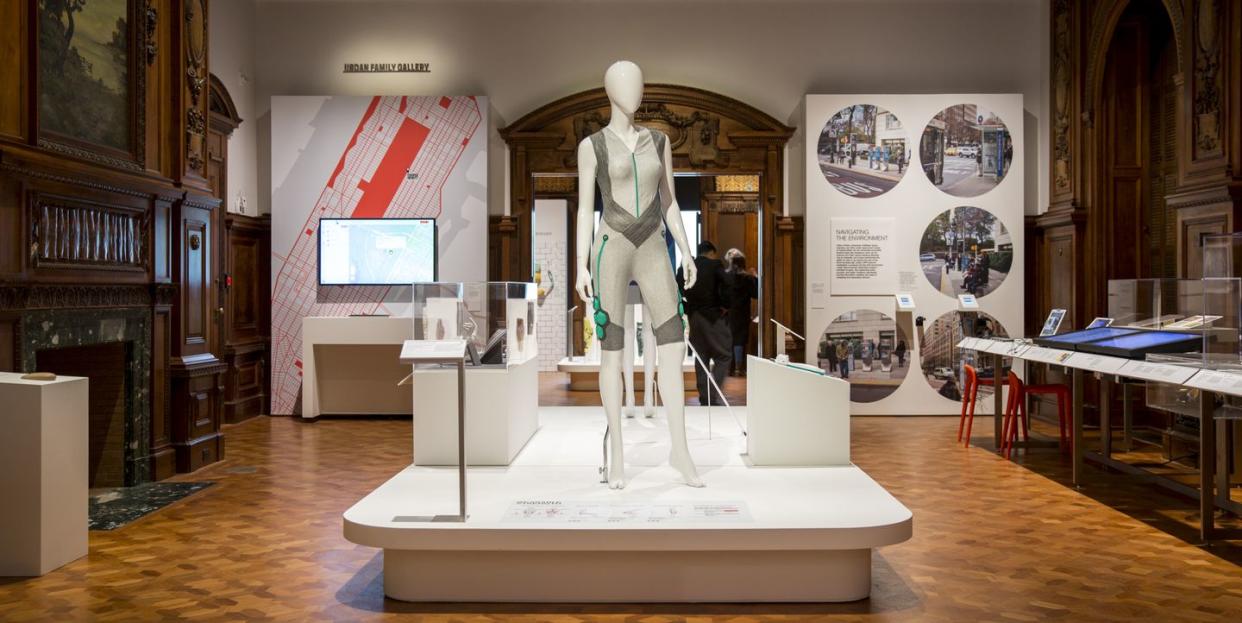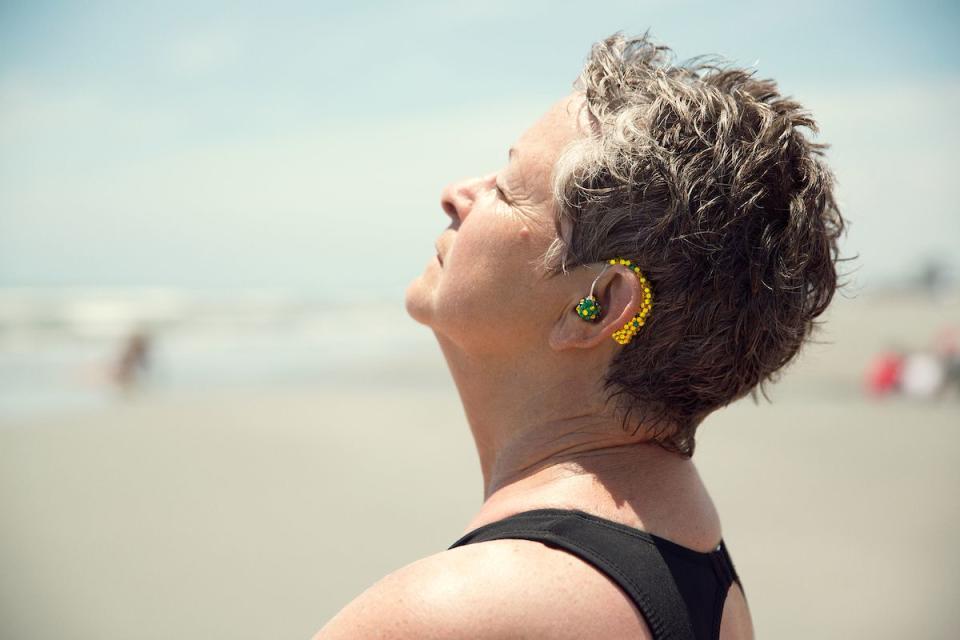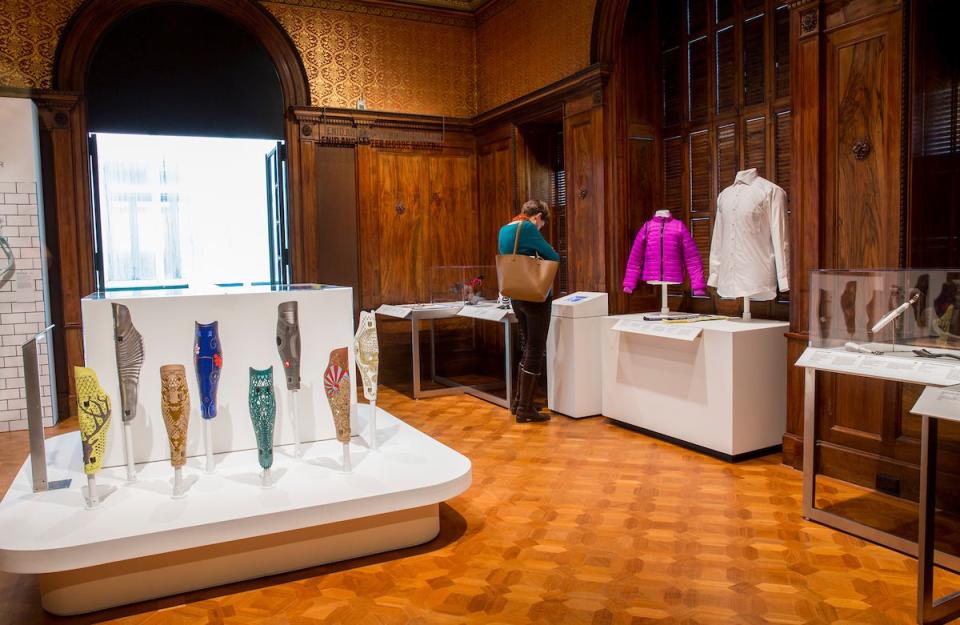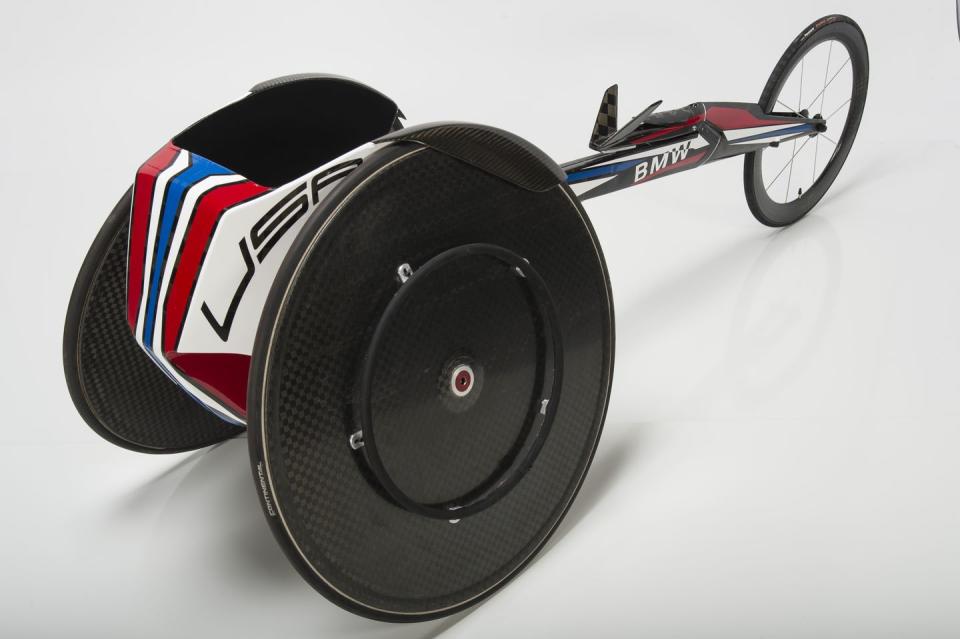Must-See Designs That Can Change People’s Lives for the Better

Most of us never have to think about what it would be like to live with a disability. And yet it is such a huge part of life for so many people, who have to rely on a limited range of products to help them make their lives easier. Two years ago, the Cooper Hewitt, Smithsonian Design Museum decided to start focusing on making accessibility and inclusiveness a part of their overall operations. To spearhead this, curatorial director Cara McCarty ushered in a new exhibition called “Access + Ability,” which highlights advancements in the area of accessible design. The show is currently on tour and opened at Kansas City, Missouri’s Nelson-Atkins Museum of Art last week.
“There is a lot of activity right now in product design to really engage people with physical, cognitive, and sensory disabilities,” McCarty says. “There is so much more emphasis on the users and people whose needs have been overlooked, yet there is a very large market here.”

Accessibility has been a topic of interest to McCarty throughout her curatorial career. When she was at New York’s Museum of Modern Art, she curated a 1988 exhibition called “Designs for Independent Living.” “I am always looking for what’s new and innovative,” she says. “I was vacationing in Scandinavia and seeing a lot of mass-produced products for people with disabilities. I began to do research and found that there was definitely a large enough audience if manufacturers and designers were willing to tackle this.”
McCarty also wants to call attention to the fact that these products don’t need to look clinical—they can even be quite attractive. “It’s about giving people choices so they don’t have one kind of wheelchair, so they can customize,” she explains. “Or instead of a skin-colored prosthesis, you can actually dress it up and maybe even change the cover that you put on it to coordinate with your outfit. People are embracing their disabilities, not trying to conceal them.”

The exhibition highlights the designers and companies at the forefront of these new developments. Designworks’s Los Angeles studio designed a racing wheelchair manufactured by BMW for the Paralympics; IDEO designed a voting booth; and Yves Béhar’s Fuseproject designed a Superflex Aura-powered bodysuit that helps with movement and circulation. But one of the areas McCarty is most excited about is the advancement in technology for people who need to communicate hands-free. Eye-tracking devices—originally developed for military pilots who cannot move their heads while flying—are now being used to help people with disabilities operate computers.
“People can type e-mails, they can send messages, they can search,” she says. “That is powerful, and that is life-changing.” Video-game companies are also delving further into this technology and working on creating games you can play with your eyes. “And think about Alexa and Siri—how someone who can’t move well is able to give a command and turn on their lights.”


Another success story is that of teenager Matthew Walzer, who has cerebral palsy; he wanted to be able to dress himself when he went to college but was unable to tie his shoes. Walzer sent a challenge to Nike asking for a shoe he could easily put on, and they responded with the FlyEase, which has a wraparound zipper system allowing the user to enter from the back. It is now available in high-tops and low-tops; the company has been marketing it to athletes as well. And McCarty shares that Target is also focusing on accessibility by offering a full line of adaptive clothing.
McCarty adds that despite the progress of the past decade, her hope is that the exhibition will urge people to continue to focus on this burgeoning area: “We still have a ways to go to make our environment more accessible, but I am very encouraged by the number of younger designers who are really eager to work in this space. This exhibition was a celebration of this new type of designing, and it really underscores the new thinking on what people can do, rather than what they cannot do.”
You Might Also Like

